5 Reasons You Shouldn't Hold Your Breath on the Tesla Model 3

The Tesla Model 3 debuted to a lot of hype, but it would be wise to have a healthy skepticism toward this new car.
Nearly 300,000 people have paid a $1,000 deposit to reserve a Model 3, but the big question remains, can Tesla deliver on its promise? The American automaker is arguably facing its biggest challenge yet, not only having to fulfill hundreds of thousands of orders, but also to ensure it has an infrastructure that can maintain and service all the needs of its new customers.
Up until now, Tesla has been a niche company offering cars that aren’t in the price range of the average car shopper. The Model 3 changes all of that, with a starting price of $35,000 and an all-electric range of at least 215 miles.
SEE ALSO: Some Tesla Model 3 Orders Won’t be Fulfilled Until 2020
Tesla has its work cut out for them. Here are five reasons to not get overly excited about the Model 3.
5. The Tesla Model X Was Delayed Nearly Two Years
The first Tesla Model X prototype was officially unveiled in February 2012, but it wasn’t until September 2015 that deliveries began. And even then, the American automaker only managed to deliver 208 units to customers by the end of the year. The company originally planned to have the crossover on the market by early 2014 but subsequent delays meant some owners have been waiting patiently for nearly two years before getting their hands on a Model X. Although reasons for the delay have never been officially confirmed by Tesla, a recent lawsuit against Hoerbiger points that one of the reasons were the Falcon Wing doors.
You Might Also Like: Tesla Model X: 13 Things You Need to Know
The Model 3 won’t have complicated Falcon Wing doors on it, but Tesla hasn’t had the greatest track record when it comes to rolling out new vehicles. Of course, if you were speaking from a statistical point of view, there isn’t enough data to form judgment, but there’s a reason Musk himself chuckled when he mentioned he feels “fairly confident” that deliveries will start next year for the Model 3.
4. Tesla Has a Limited Production Capacity and Is New to Mass Production
With the introduction of the Model X, Tesla has run into numerous challenges ramping up production while maintaining two vehicles on the assembly line. Most recently, Tesla managed to deliver 14,820 vehicles in the first quarter of 2016 with 12,420 Model S sedans and 2,400 Model X crossovers shipped. Although it delivered almost 50 percent more vehicles this quarter than it did in the first quarter of 2015, it fell shy of its prediction of 16,000. In the fourth quarter of 2015, Tesla delivered 17,478 vehicles. According to a statement released by Tesla, it was producing up to 750 Model X crossovers per week by the end of March.
The company still expects to deliver 80,000 to 90,000 vehicles to customers by the end of this year, which means it is likely staring at production capacity under 100,000. Adding a third vehicle to the assembly line will only further complicate things and it’s evident that Tesla is still getting a hold on Model X production. Fortunately, the company has more than a year to square things off with the existing Model S and Model X before it adds the Model 3.
ALSO SEE: 6 Reasons Why I Put Down a $1,000 Deposit on a Tesla Model 3
It’s still a concern on how quickly production of the Model 3 can be ramped up. Even if Tesla manages to produce 150,000 vehicles a year, that would span across all three models, meaning Model 3 preorders have a long time to wait. Its Fremont factory was capable of producing 500,000 units per year before, but it’s highly unlikely that Tesla will reach that point until 2020 at the earliest, which is the company’s goal.
Musk has gone so far as to tweet that the company will definitely have to rethink production planning, given how many preorders it has received. It’s reasonable to believe that not every person that has put a $1,000 deposit will end up purchasing the vehicle, but Tesla still has a giant hurdle to leap over if it wants to fulfill orders within a reasonable time frame.
3. There Could be Better Options by 2018
We understand that the overwhelming response to the Model 3 has a lot to do with the trendiness of the Tesla brand. But it’s a valid argument that there will be better options by 2018 or even late 2017 that could persuade people to cancel their preorders and buy something else. Nissan is working on a next-generation Leaf electric vehicle, and we wouldn’t be surprised to see Chevrolet tweak its Bolt in time for the Model 3’s launch to stay competitive.
It’s difficult to gauge how many of those preorders are diehard Tesla fans that won’t purchase another EV from a different automaker, but it’s hard to believe that a certain percentage wouldn’t jump ship if they have to wait beyond 2018, especially if some of the options are extremely competitive. Rumor has it that Nissan is targeting a range of close to 300 miles for its new Leaf and the current Bolt is estimated to offer “more than 200 miles of range per charge.”
Then again, would you rather be driving a Leaf or a Bolt, rather than a Tesla?
2. Where Will the Batteries Come From?
Tesla is currently building a Gigafactory in Nevada, with the goal of supporting the production rate of 500,000 vehicles per year. When the company first announced the Gigafactory, it said that Tesla alone “would require today’s entire worldwide production of lithium ion batteries.” It doesn’t plan on beginning cell production until 2017 and the Gigafactory won’t reach full capacity until 2020.
So not only is there a concern on whether Tesla’s factory can produce the vehicles quick enough, will its Gigafactory be up and running to the point that it can supply enough batteries for the Model 3? Tesla has a goal of turning the Gigafactory into the world’s largest lithium-ion cell producer, but will it do it in time for the Model 3’s launch?
1. Will the Tesla Model 3 Even be Reliable?
Last October, Consumer Reports pulled its recommended designation from the Tesla Model S after surveying 1,400 owners. As part of the publication’s Annual Auto Reliability Survey, Consumer Reports found that owning a Tesla “is likely to involve a worse-than-average overall problem rate.” Main issues that owners have been experiencing with the Model S include the drivetrain, power equipment, charging equipment, its giant center console and body and sunroof squeaks, rattles and leaks. This is important because the 2013 Tesla Model S was the sedan’s first full model year and that means those car have been on the road long enough to know whether they will last. Specific areas that scored worse on the 2015 model include the climate control, steering and suspension systems.
It brings up a valid argument on whether Tesla vehicles will be reliable over time, even though most of the problems are fixed under the company’s four-year/50,000-mile bumper-to-bumper warranty and eight-year/unlimited mileage battery and drivetrain warranty. Still, it’s a hassle to be without a vehicle and with the Model 3 being entry-level, will the company cut corners to reach that price point?
All those preorders also bring up the question of whether Tesla currently even has the infrastructure to service thousands of vehicles at once if there’s a major issue that needs to be addressed. Keep in mind that Tesla isn’t like a traditional automaker with dealerships and service centers nationwide. In the state of California, one of its largest markets, there are only 18 service centers, many of which are located near San Francisco and Los Angeles. Some states like Arizona, Colorado, Utah, Tennessee and Minnesota only have one.
The company currently has 215 locations across North America, Europe and Asia Pacific but plans on having 441 locations by the end of 2017. Even then, is that enough support for all those new Model 3 owners worldwide?
Discuss this story on our Tesla Model 3 Forum

Jason Siu began his career in automotive journalism in 2003 with Modified Magazine, a property previously held by VerticalScope. As the West Coast Editor, he played a pivotal role while also extending his expertise to Modified Luxury & Exotics and Modified Mustangs. Beyond his editorial work, Jason authored two notable Cartech books. His tenure at AutoGuide.com saw him immersed in the daily news cycle, yet his passion for hands-on evaluation led him to focus on testing and product reviews, offering well-rounded recommendations to AutoGuide readers. Currently, as the Content Director for VerticalScope, Jason spearheads the content strategy for an array of online publications, a role that has him at the helm of ensuring quality and consistency across the board.
More by Jason Siu




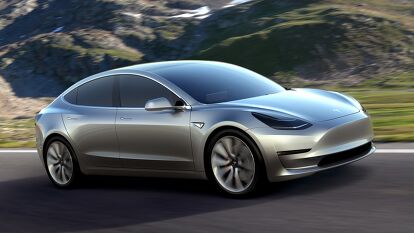






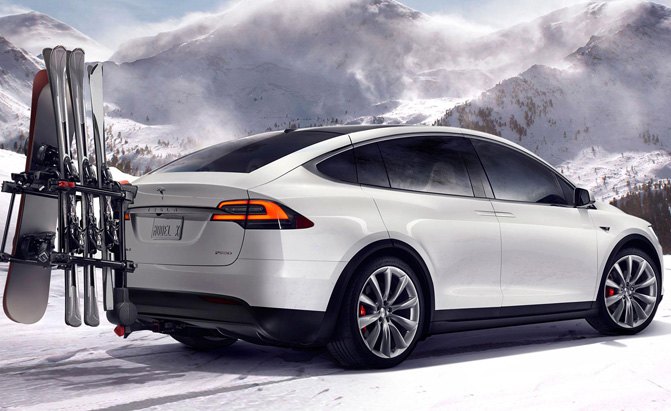

















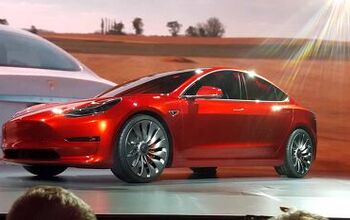
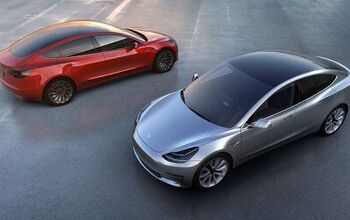
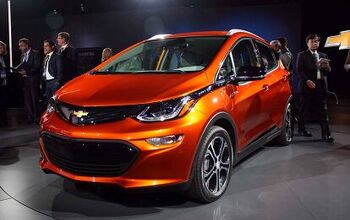
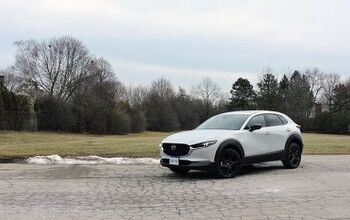


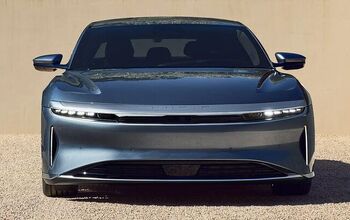
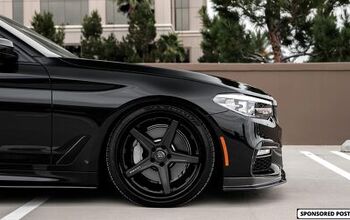



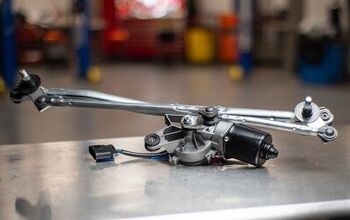

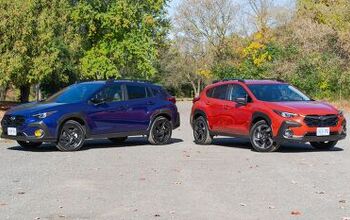

Comments
Join the conversation
We always read and were told by our wise elders, "Never buy a vehicle in its first year of production or after a major change in the drive line. There will always be gremlins and glitches to sort out." And I wish all those " status hungry greenies" would take the time to learn the carbon and water footprint it takes to product those batteries. And we still use a lot of coal and natural gas to produce electricity in this country. The environmental case for these vehicles is wanting.
As someone who ordered the 3, this article definitely has good food for thought, unlike the many other unsubstantiated counter arguments I've read. There's no question it is a step into the unknown. But then again, this is a company that is ahead of the pack on many fronts. They've been around for some time and they've made their intentions known for some time in terms of going down market. And you're telling me the best response the big automakers could offer for an desirable and relatively affordable EV were....the Leaf and Bolt? I currently drive an Audi.Why all of a sudden should I expect an EV version of an Audi S4 with a 300-mile range, when Audi is currently all excited about its A3 e-tron hybrid that gives you a "whopping" 16 miles of range in all-electric mode? Call me fanboy all you want but I feel Tesla is the future and I want to participate in its success.